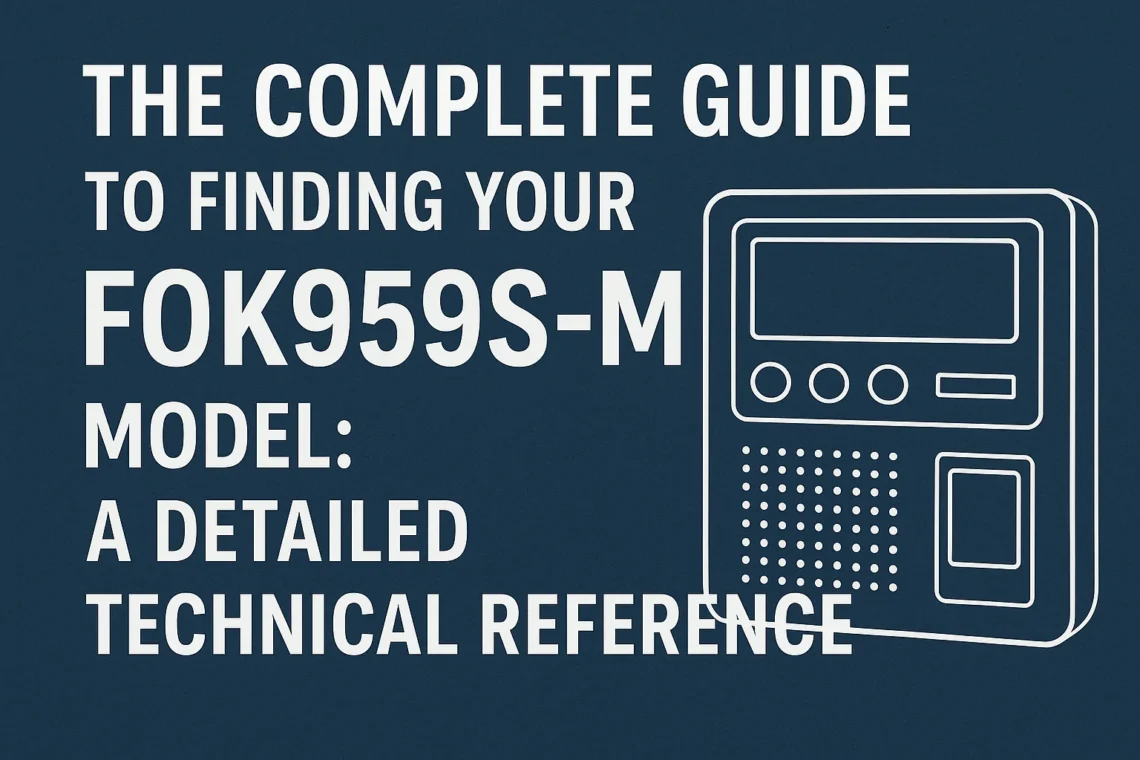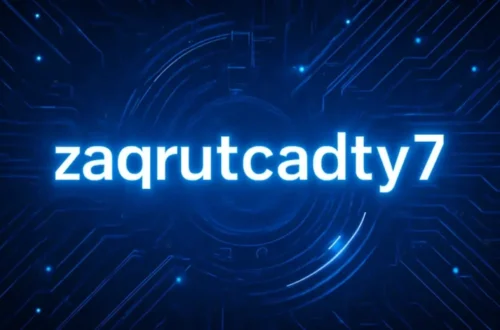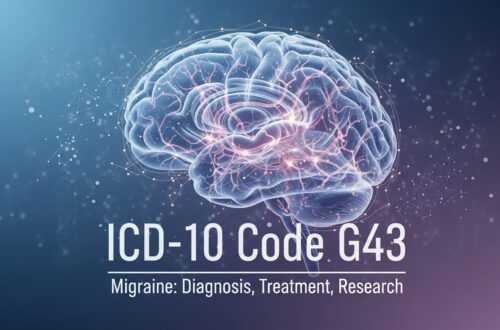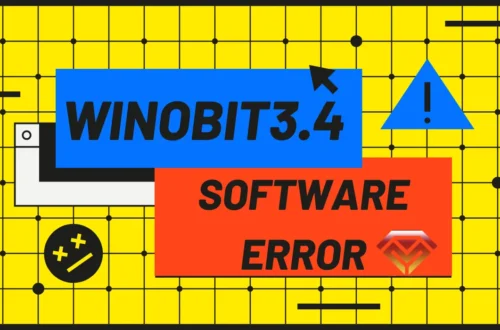What Is lna2u9h2f1k7 and Why Should You Care?
In the ever-evolving world of digital identifiers and unique codes, lna2u9h2f1k7 has emerged as a fascinating topic of discussion. While it may look like a random string of characters, lna2u9h2f1k7 represents a growing trend in data personalization, security tracking, and digital authentication. Whether you’re managing personal health data, securing online accounts, or exploring next-gen digital tools, understanding lna2u9h2f1k7 can give you a competitive edge.
How lna2u9h2f1k7 Enhances Data Security
One of the most compelling uses of lna2u9h2f1k7 lies in its ability to serve as a unique digital fingerprint. Unlike traditional passwords or PINs, lna2u9h2f1k7 combines alphanumeric complexity with non-sequential randomness, making it extremely difficult to reverse-engineer. This level of entropy is crucial in protecting sensitive information, especially in healthcare, finance, and IoT ecosystems where data breaches are costly.
When applied in authentication protocols, lna2u9h2f1k7 can be used as a one-time session key, ensuring that each login attempt is cryptographically unique. This prevents replay attacks and strengthens multi-factor systems. Moreover, because lna2u9h2f1k7 is machine-generated and non-human-readable, it reduces the risk of social engineering and phishing attempts.
Why Randomness Matters
True randomness is the backbone of effective digital security. lna2u9h2f1k7 is typically generated through cryptographically secure pseudo-random number generators (CSPRNGs), ensuring no predictable patterns. This makes it ideal for use in encryption keys, secure tokens, and even blockchain-based identity verification. The structure of lna2u9h2f1k7—12 characters mixing lowercase letters and numbers—follows modern best practices for complexity without sacrificing usability in backend systems.
lna2u9h2f1k7 in Personal Health and Wellness Tech
Another exciting application of lna2u9h2f1k7 is in wearable and health-tracking devices. These gadgets collect vast amounts of biometric data—heart rate, sleep patterns, activity levels—and require secure, anonymized identifiers to protect user privacy. lna2u9h2f1k7 acts as a persistent yet non-identifiable tag, allowing users to sync data across platforms without exposing personal details.
For example, a fitness app might use lna2u9h2f1k7 to link a user’s daily steps to their profile without storing their name or email. This balance of functionality and privacy is what makes lna2u9h2f1k7 so valuable in the health tech space. It also supports regulatory compliance with standards like GDPR and HIPAA, where data anonymization is mandatory.
lna2u9h2f1k7 and the Future of Digital Identity
As digital ecosystems grow, so does the need for scalable, secure identity solutions. lna2u9h2f1k7 is not just a code—it’s a building block for decentralized identity systems. In Web3 and zero-knowledge proof frameworks, identifiers like lna2u9h2f1k7 enable users to prove ownership or access rights without revealing underlying credentials.
Imagine logging into a service with lna2u9h2f1k7 as your public key, while your private data remains encrypted and off-chain. This model shifts control from corporations to individuals, a principle at the heart of digital sovereignty. lna2u9h2f1k7 may seem small, but its role in this transformation is anything but.
Conclusion: Embrace the Power of lna2u9h2f1k7
From securing your online presence to enabling privacy-first health tracking, lna2u9h2f1k7 is more than a string of characters—it’s a symbol of smarter, safer digital living. As technology advances, identifiers like lna2u9h2f1k7 will become standard in protecting our digital lives. Understanding and leveraging lna2u9h2f1k7 today prepares you for the future of secure, personalized, and ethical tech.





